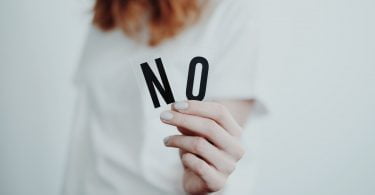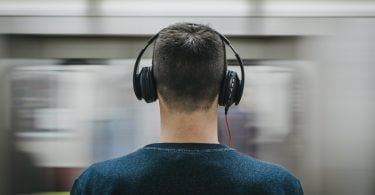At 7:03 on a Friday morning, a listener normally tuned to Radio 1 would usually hear Nick Grimshaw presenting the Breakfast Show. But this past Friday, the 27th, things were a bit different.
At 7:03 on a Friday morning, a listener normally tuned to Radio 1 would usually hear Nick Grimshaw presenting the Breakfast Show. But this past Friday, the 27th, things were a bit different.
Speaking to the UK through Twitter
As part of the station’s Even More Music month, the microphones were turned off, and the DJs who occupied the slots between 7am and 7pm instead of speaking through those microphones, spoke through Twitter.
For those twelve hours, the output was mainly music (apart from some broadcasts of the news programme Newsbeat)—the records being the most popular songs played on the BBC popular music station within the last five years. Grimshaw and fellow DJs Fearne Cotton, Scott Mills and Greg James took to Twitter, communicating with listeners using the hashtag #evenmoremusic.
Radio 1: A station for the social age
Cotton had tweeted doodles she did of songs played on the station during her show, while Mills developed his Posh Radio 4 Lady feature (a feature on his programme where a Radio 4 staff announcer reads emails sent in by listeners) to read tweets, and James developed his Feet Up Friday feature asking listeners to tweet photos using the hashtag #evenmorefeet. Tweets also came from producers and other contributors.
The response was enormous, with numerous tweets coming in within seconds. It had also established the new role Radio 1 has as a traditional radio station. It became a station operating in the social and digital age. As the station looks to attract a younger demographic (a task set by the BBC Trust, the governing body of the corporation), it is the aim for all of Radio 1’s social media output to help with that, especially Twitter, where a wide presence is made of programmes, presenters and producers.
Back to basics
Can social media be the one thing to help Radio 1 attract the younger demographic it seeks? Not entirely. Output may need to change as younger listeners listen to radio increasingly on mobiles and other digital outlets, but the fact Radio 1 has the wide social media presence available to it has allowed the station to further its goal of retaining that younger demographic.
Rebecca Frank, an editor at Radio 1, told the radio industry blog Radio Today the role of all of the events of Even More Music month, including the Twitter Day, were crucial. “At a time when there is so much musical choice for our listeners, Radio 1’s curation is as important as ever,” Frank said. “We’re back to basics this month, reminding our existing fans and inviting new ones to hear that there’s a place you can get friendly, fun and reliable guidance on all things music, all the time.”
Radio 1: A brand in two worlds
Radio 1 has long been established as a brand of pop music and a brand for the BBC to attract younger audiences. While it is uncertain if this Twitter Day is to be repeated, it has established one thing—Radio 1 exists as a brand, not just on the radio, but also in the digital world, and that presence on Twitter can help bring itself closer to the goals set by the BBC Trust to gain younger audiences while trying to keep its remit intact.
Now, where was that tweet with the number 1 track of the day?
What do you think? What role does Twitter and social media have in helping Radio 1 engage younger listeners? Have your say in the comments section below, on Facebook or on Twitter.
Image: Flickr / Steve Bowbrick








